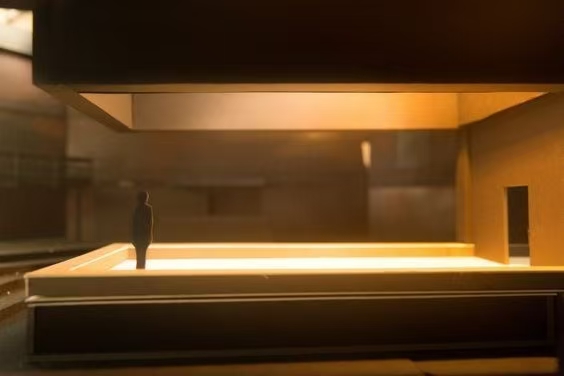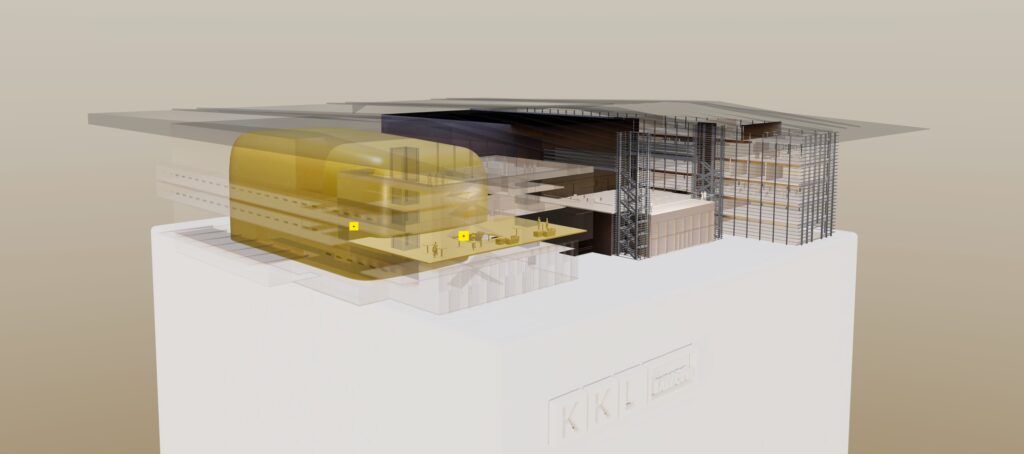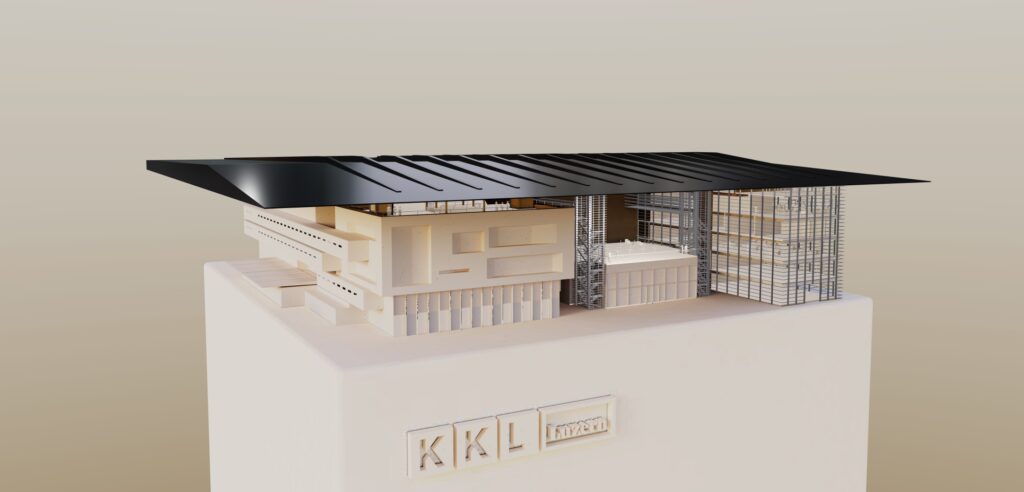
In this course, I’ve delved into the principles of multimedia learning theory, particularly the
cognitive load theory, which emphasizes the importance of balancing visual and auditory
information to enhance comprehension.
This understanding has reshaped my approach to architectural presentations, prompting me to
integrate multimedia elements thoughtfully to convey complex spatial concepts more effectively.
By incorporating animations, interactive models, and layered narratives. This fusion of
multimedia techniques with architectural storytelling allows for a more dynamic and accessible
communication of ideas, aligning with the evolving expectations of contemporary audiences

In architecture, the way we present our work is just as crucial as the designs themselves. A
well-crafted presentation serves as a bridge between abstract concepts and tangible
understanding, allowing architects to convey their visions effectively to clients, stakeholders, and
the broader community. It’s not merely about showcasing aesthetics; it’s about telling a story
that resonates, engages, and inspires.
By employing clear visuals, coherent narratives, and thoughtful layouts, presentations can
transform complex ideas into accessible experiences, ensuring that the essence of a design is
communicated with clarity and impact. This approach enhances comprehension and fosters a
deeper connection between the architect’s intent and the audience’s perception.

Source: https://business.kkl-luzern.ch/en/experience
The KKL Luzern 3D Experience website exemplifies the harmonious integration of minimalist
design principles with immersive multimedia.
Minimalist Design Enhancing User Experience
The website employs a minimalist aesthetic, characterized by clean lines, ample white space,
and a restrained color palette. This design approach reduces extraneous cognitive load,
allowing users to focus on the content and navigate the site intuitively. The simplicity in design
mirrors the architectural philosophy of Jean Nouvel, emphasizing clarity and functionality

Immersive Multimedia Integration
Central to the site’s engagement is its 3D interactive tour, which allows users to explore the
venue virtually. This feature showcases the architectural spaces effectively and through
multimedia learning theories by combining visual and interactive elements to enhance
understanding.
Reflective Insights
The website serves as a benchmark for how minimalist design and multimedia can coalesce to
create an engaging user experience. It reinforces the importance of thoughtful design choices in
enhancing communication and user engagement. This reflection informs my ongoing
development in creating multimedia presentations that are both aesthetically pleasing and
functionally effective.

Source: https://www.nike-react.com/
The Nike React website exemplifies the effective use of multimedia and minimalist design
principles to create an engaging user experience.
Multimedia Knowledge and Application
The website employs dynamic animations and interactive elements to guide users through a
personalized journey of customizing their own Nike React shoes. This approach aligns with
multimedia learning theories, such as the cognitive theory of multimedia learning, by combining
visual and interactive components to enhance user engagement and understanding. The use of
animations not only adds visual appeal but also serves to convey information about the
product’s features and customization options effectively

Technical Skills and Usability
From a technical standpoint, the site’s responsive design ensures accessibility across various
devices, demonstrating an understanding of user experience (UX) principles. The seamless
navigation and interactive features reflect a high level of proficiency in creating and formatting
digital media content, including animations and interactive elements.